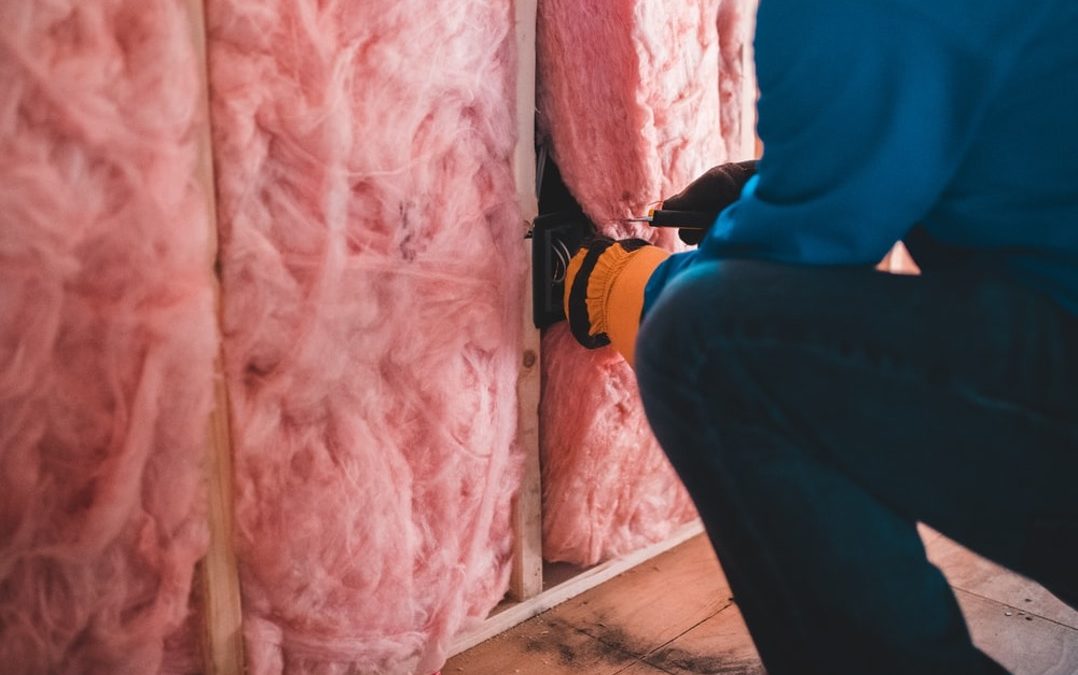This time of year, your home is at the mercy of the elements and colder weather.
The timing couldn’t be better to start thinking about ways to better insulate and protect your home from the brisk air, rain and dropping temperatures.
In just a few DIY steps that vastly improve home insulation, you can run a more efficient home and save money on your electric bill.
Insulate drafty windows
Air can escape from almost any opening, including your home’s windows.
Just apply the sealing material to any drafty window. The inexpensive plastic sheeting has double-sided adhesive for easy installation.
By simply adding a layer of protection, you can save on energy costs by keeping warm air inside.
Insulate the attic
Now that you’ve addressed the windows, step into the attic and take a look around.
If you notice uneven or patchy insulation, you know exactly where to install replacement material.
Unfaced insulation inside the attic prevents heat from rising and only heating areas where it’s needed and efficient. As you unroll the material and install, you will just as quickly begin to save on your energy bill.
Install curtains
If you continue to experience drafty windows, especially in an older home, thick curtains are another solution to consider.
Long, thick and heavy curtains will bulk up the insulation around windows, keeping warm air from escaping.
As a bonus, curtains can add a splash of color and style to liven up any room during the wintry months.
Check HVAC
Now’s the perfect time to schedule a maintenance checkup on the home’s HVAC.
Changing the air filters will both improve air flow for health and efficiency.
Cleaning the ducts and repairing leaks will also boost the system’s efficiency and keep air in and out as directed.
Also move any furniture that blocks a vent’s path.
Combined, these steps will help regulate your HVAC and have it running its best.
Seal doorways
Check every door within the home that leads outside or into the garage.
Keep an eye for worn-out weatherstripping and replace as needed.
The strip should stretch completely across the doorway and from top to bottom for optimal performance.
At the front door, the cylindrical pieces of foam will block drafts from coming in and will keep warm air inside. They’re easy to install and remove.
The spaces around the door may not seem like much, but when they are not properly insulated, the efficiency factor will drop substantially and lead to higher utility bills.

